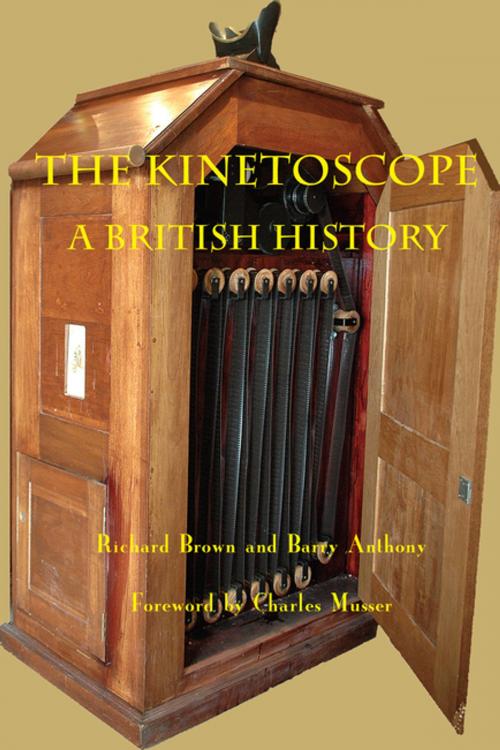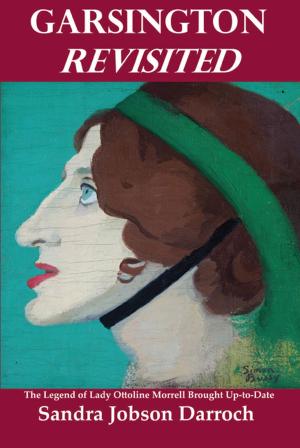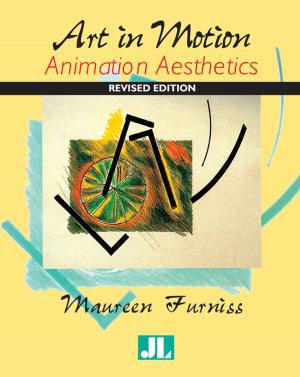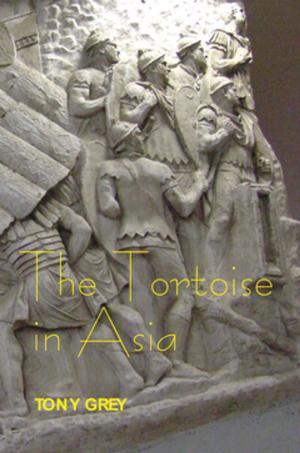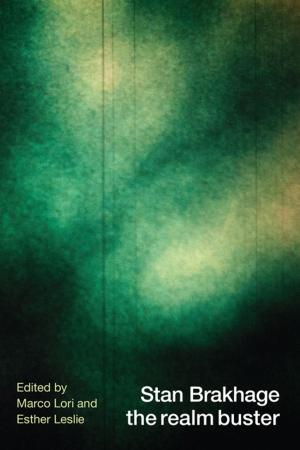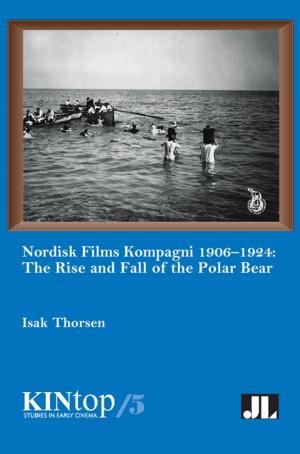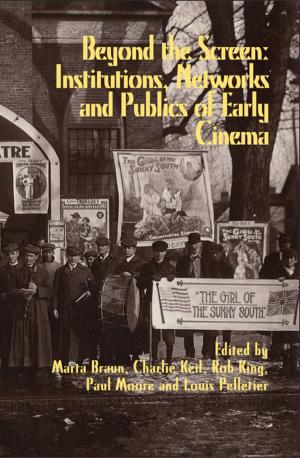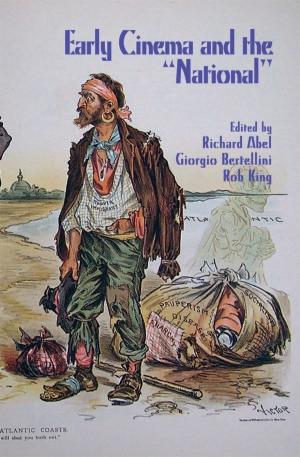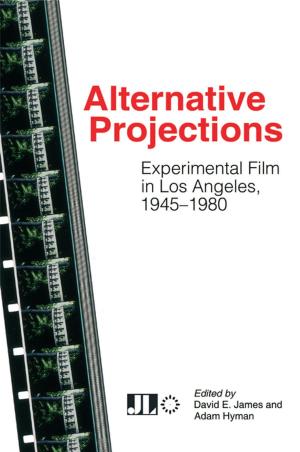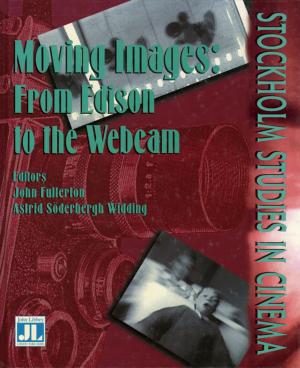The Kinetoscope
A British History
Nonfiction, Art & Architecture, General Art, Art Technique, Entertainment, Performing Arts, Film| Author: | Barry Anthony, Richard Brown | ISBN: | 9780861969319 |
| Publisher: | John Libbey Publishing | Publication: | September 20, 2017 |
| Imprint: | John Libbey Publishing | Language: | English |
| Author: | Barry Anthony, Richard Brown |
| ISBN: | 9780861969319 |
| Publisher: | John Libbey Publishing |
| Publication: | September 20, 2017 |
| Imprint: | John Libbey Publishing |
| Language: | English |
The 100th anniversary of cinema was marked throughout the world in 1995/6. Amongst the widespread celebrations it was largely overlooked that genuine motion pictures had been commercially shown 101 years earlier, and that the origins of the film industry lay in a peepshow device rather than the more familiar movie projector. Introduced in New York in April 1894 and in Paris and London later in the same year, Thomas Edison’s electrically-driven Kinetoscope was the first practical method of film exhibition. Around a thousand of these state-of-the art machines were manufactured, featuring the first brief fiction films and the earliest newsreels. Techniques such as the close-up and stop-editing were introduced and the 35mm film employed became a universal standard. Edison was able to influence the development of the device in the United States, but he soon lost control of the British and European markets. Spearheaded by two entrepreneurial Greek merchants, George Georgiades and George Tragides, a large and often colorful group of showmen began to exploit the new invention. With Edison neglecting to obtain European patents, his agents fought a losing battle to stem an influx of ‘bogus’ Kinetoscopes onto the market. Leading the construction of replica Kinetoscopes was a young and ambitious electrical engineer who was to become central to the development of world cinema. In his business arrangements with the Greeks Robert William Paul operated close to the limits of legality, a risk-taking attitude that also led him to enter into a partnership with the notorious fraudster and self-publicist ‘Viscount’ Hinton. The rush to exploit the Kinetoscope faltered when Edison refused to supply films for pirate machines, but regained momentum when Paul and the American Birt Acres constructed their own camera, shooting the first British movies in March/April 1895. The turbulent and often unlikely events of 1894–5 were a crucial prelude to the birth of British cinema.
The posit
The 100th anniversary of cinema was marked throughout the world in 1995/6. Amongst the widespread celebrations it was largely overlooked that genuine motion pictures had been commercially shown 101 years earlier, and that the origins of the film industry lay in a peepshow device rather than the more familiar movie projector. Introduced in New York in April 1894 and in Paris and London later in the same year, Thomas Edison’s electrically-driven Kinetoscope was the first practical method of film exhibition. Around a thousand of these state-of-the art machines were manufactured, featuring the first brief fiction films and the earliest newsreels. Techniques such as the close-up and stop-editing were introduced and the 35mm film employed became a universal standard. Edison was able to influence the development of the device in the United States, but he soon lost control of the British and European markets. Spearheaded by two entrepreneurial Greek merchants, George Georgiades and George Tragides, a large and often colorful group of showmen began to exploit the new invention. With Edison neglecting to obtain European patents, his agents fought a losing battle to stem an influx of ‘bogus’ Kinetoscopes onto the market. Leading the construction of replica Kinetoscopes was a young and ambitious electrical engineer who was to become central to the development of world cinema. In his business arrangements with the Greeks Robert William Paul operated close to the limits of legality, a risk-taking attitude that also led him to enter into a partnership with the notorious fraudster and self-publicist ‘Viscount’ Hinton. The rush to exploit the Kinetoscope faltered when Edison refused to supply films for pirate machines, but regained momentum when Paul and the American Birt Acres constructed their own camera, shooting the first British movies in March/April 1895. The turbulent and often unlikely events of 1894–5 were a crucial prelude to the birth of British cinema.
The posit
